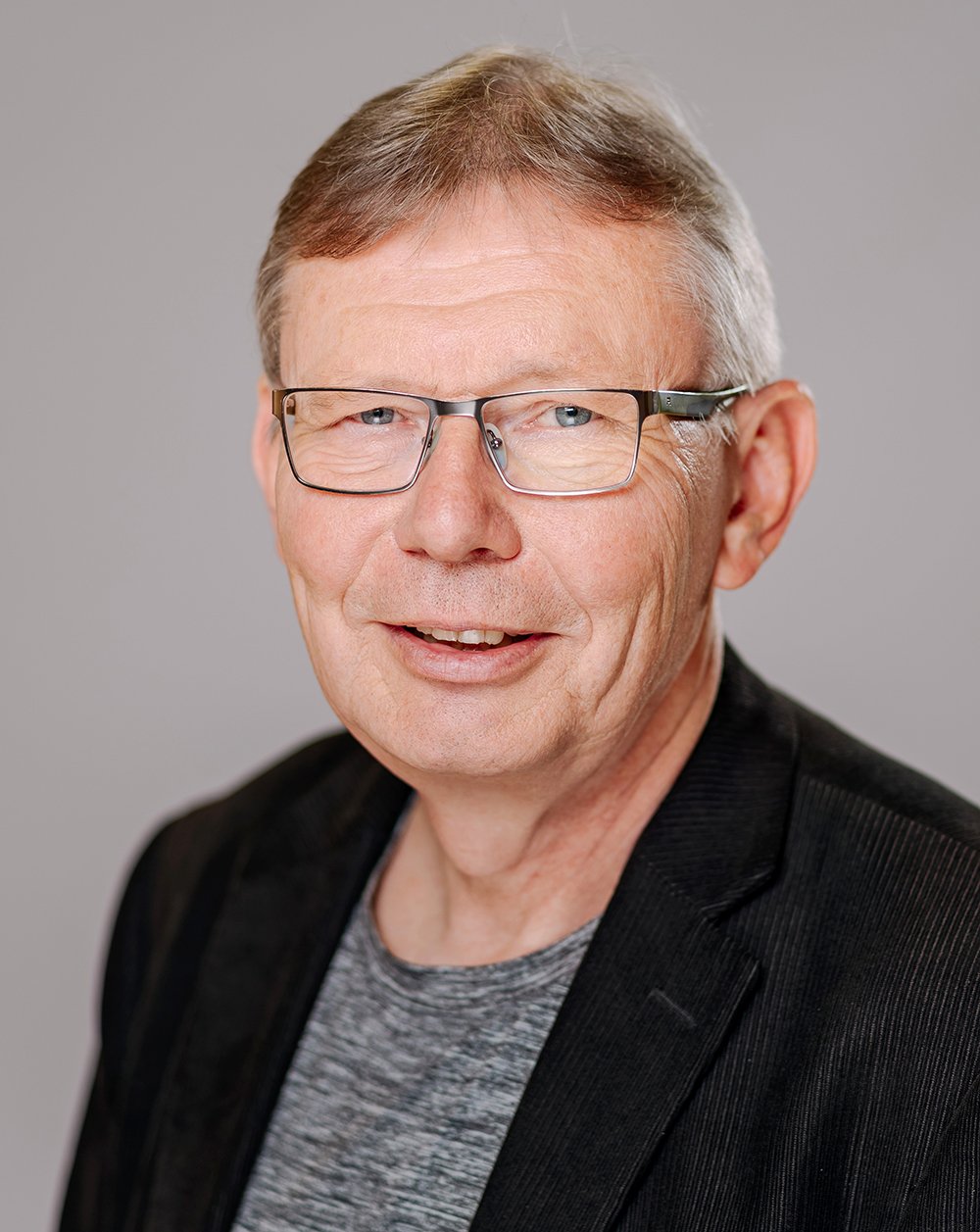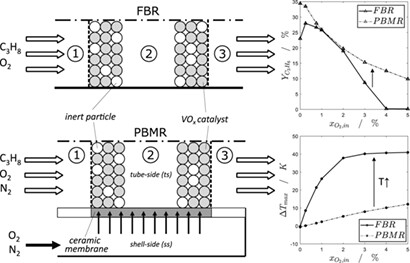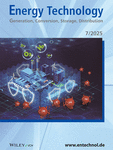Journal list menu
Export Citations
Download PDFs
Table of Contents
Forced Periodic Operation of Methanol Synthesis in an Isothermal Gradientless Reactor
- First Published: 18 October 2022
Kinetics of the Rhodium-Catalyzed Hydroaminomethylation of 1-Decene in a Thermomorphic Solvent System
- First Published: 14 February 2022
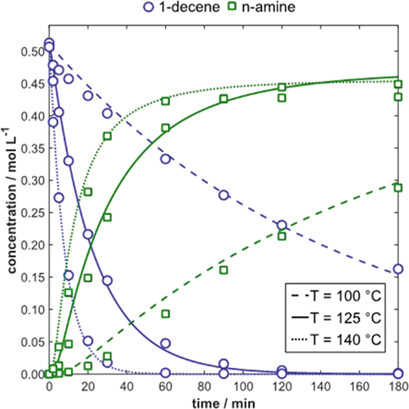
The homogenously Rh-catalyzed hydroaminomethylation of 1-decene was investigated in a thermomorphic solvent system (methanol/n-dodecane) with the ligand sulfoxantphos. The influence of temperature, pressure and catalyst concentration was studied experimentally. Simulations based on a simplified kinetic model and experimental data were in good agreement.
Potenzial von Membranen zur verbesserten Reaktionsführung von Selektivoxidationen: Katalysator-, Reaktor- und ProzessebenePotential of Membranes for Process Intensification of Selective Oxidations on Catalyst, Reactor and Total Process Level
- First Published: 07 December 2021
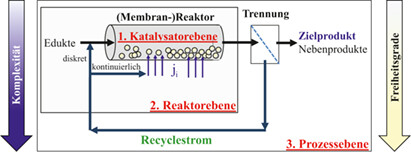
Im Beitrag wird eine hierarchische Betrachtung der membranunterstützten Reaktionsführung auf Katalysator-, Reaktor- und Prozessebene inkl. Rückführungsstrategien am Beispiel von vier heterogen katalysierte Selektivoxidationen analysiert. Durch Einstellung optimaler Konzentrationsprofile können Selektivität und Ausbeute signifikant gesteigert werden.
Model-based Analysis of Fixed-bed and Membrane Reactors of Various Scale
- First Published: 03 March 2021
Forschungsarbeiten am Institut für Verfahrenstechnik der Otto-von-Guericke-Universität Magdeburg
Research at the Institute of Process Engineering at Otto von Guericke University Magdeburg
- First Published: 05 February 2021
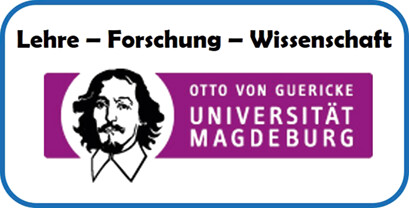
Die Fakultät für Verfahrens- und Systemtechnik der Otto-von-Guericke-Universität Magdeburg umfasst die vier Institute Verfahrenstechnik, Chemie, Strömungstechnik und Thermodynamik sowie Apparate- und Umwelttechnik. Anhand ausgewählter Beispiele präsentieren die Lehrstühle des Instituts für Verfahrenstechnik ihre Forschungsschwerpunkte.
Schnelle Abschätzung des Durchbruchsverhaltens von konkurrierend adsorbierenden Komponenten
Rapid Estimation of the Breakthrough Behavior of Competing Adsorbing Components
- First Published: 23 March 2020
Detailed Kinetic Model for the Reaction of Ethene to Propene on Ni/AlMCM-41
- First Published: 17 March 2020
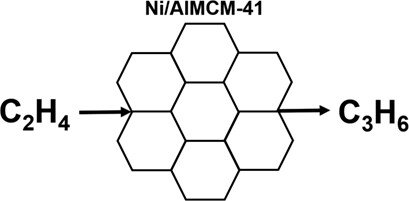
The paper deals with the evaluation and parametrization of two postulated reaction networks for the direct conversion of ethene to propene. A Ni/AlMCM-41 was used for this heterogeneous catalyzed process. Based on experimental results, parameters were estimated, which predict a corresponding product spectrum.
Kinetic Modeling of Rhodium-Catalyzed Reductive Amination of Undecanal in Different Solvent Systems
- First Published: 09 March 2020
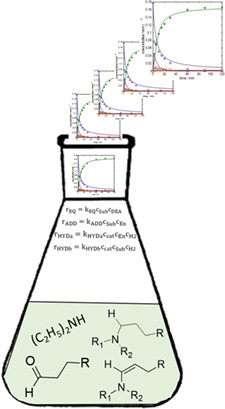
The homogenous Rh/Xantphos-catalyzed reductive amination of 1-undecanal was investigated in two different thermomorphic solvent systems. On this basis a kinetic model was developed and parametrized for both solvent systems. Simulations and Experiments were in good agreement, making the model a promising way to describe the RA.
Exploiting Ternary Solubility Phase Diagrams for Resolution of Enantiomers: An Instructive Example
- First Published: 12 December 2019
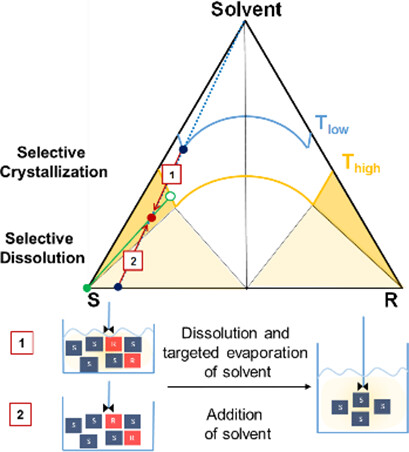
The knowledge of phase diagrams provides key information for separation process design. The ternary solubility phase diagram of the chiral amino acid methionine in water and its application for crystallization-based enantioseparation are discussed. Two strategies exploiting the shift of the eutectic composition in the chiral system experimentally verified the feasibility of pure enantiomer production.
Analysis of Membrane Reactors for Integrated Coupling of Oxidative and Thermal Dehydrogenation of Propane
- First Published: 01 March 2019
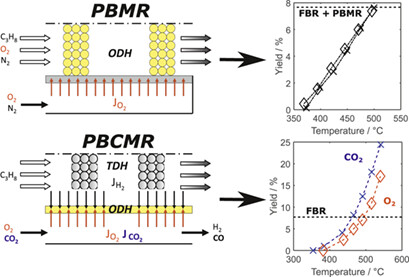
Different integrated reactor concepts for the dehydrogenation of propane are presented and compared. These concepts incorporate membranes for distributed reactant dosing of O2/CO2 as well as the integration of thermal and oxidative dehydrogenation in one apparatus to enhance selectivity and yield of the overall process.
Gas Chromatographic Enantioseparation of Fluorinated Anesthetics: Single-Column Performance and Scale-up Estimation
- First Published: 06 November 2018
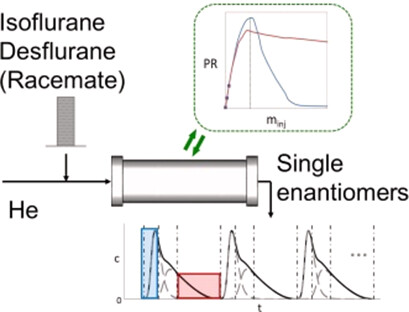
Separation of enantiomers of fluorinated anesthetic gases was investigated in gas-chromatographic columns employing a selector based on γ-cyclodextrin. The batch process with repetitive injections was theoretically analyzed to define the conditions that provide maximal productivity and high purity. The designed process can produce enough single enantiomers needed for further medical tests.
Generalizing Countercurrent Processes: Distillation and Beyond
- First Published: 15 October 2018
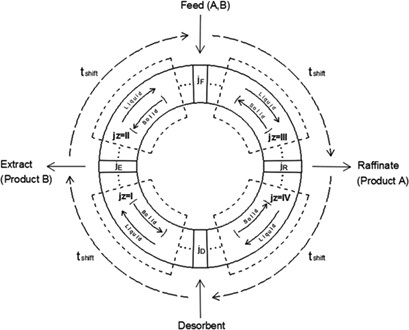
The success of multistage distillation processes has been a key motivator for the development of many other principles of countercurrent separation processes. Applying a generalized equilibrium stage model selected alternative applications based on exploiting other phase situations and operating principles are presented and compared.
Process Control and Yield Enhancement of the Galacto-Oligosaccharide Formation
- First Published: 25 March 2018
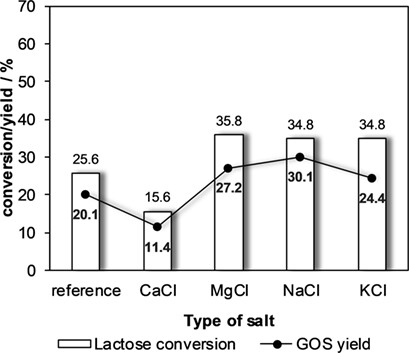
This work provides two approaches regarding the enhancement of the enzymatic production of prebiotic galacto-oligosaccharides from lactose, which is a by-product of dairy industry. In the first concept, the shift of reaction equilibrium is examined, and in the second one, process intensification by substrate substitution and influence of ions/salts is investigated.
Kinetic Modeling of the Palladium-Catalyzed Isomerizing Methoxycarbonylation of 1-Decene
- First Published: 27 February 2018
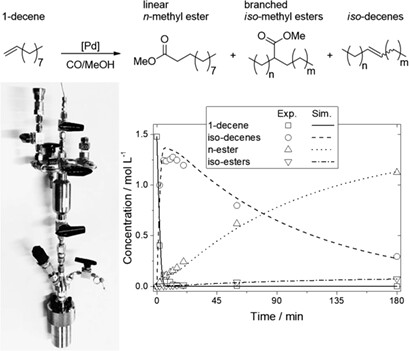
The palladium-catalyzed methoxycarbonylation of unsaturated long chain substrates is an atom-efficient way to produce esters using carbon monoxide and methanol. For the first time, kinetic models for the complex Pd/DTBPMB-catalyzed isomerizing methoxycarbonylation of 1-decene were derived and parametrized based on experimental investigations.
Advanced Operating Strategies to Extend the Applications of Simulated Moving Bed Chromatography
- First Published: 08 August 2017
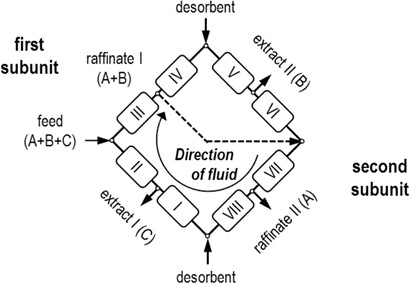
The simulated moving bed process is considered as one of the most productive improvements in preparative chromatography, by periodic operation of a multicolumn to simulate a countercurrent flow between the phases. Advances in this process are described with a focus on introducing novel concepts and providing examples and advantages of recently proposed operating strategies in specific areas.
Noninvasive 4D Flow Characterization in a Stirred Tank via Phase-Contrast Magnetic Resonance Imaging
- First Published: 30 May 2017
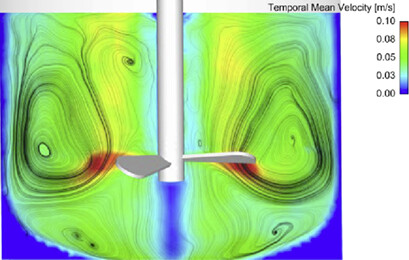
Phase-contrast magnetic resonance imaging (PC-MRI) applied on rotating systems is highly challenging since a non-ferromagnetic system has to be developed before. The complex 3D unsteady flow in a stirred tank representing a rotating batch crystallizer is considered. The hydrodynamics in space and time could be noninvasively quantified using flow-sensitive PC-MRI.
Control of Continuous Mixed-Solution Mixed-Product Removal Crystallization Processes
- First Published: 16 May 2017
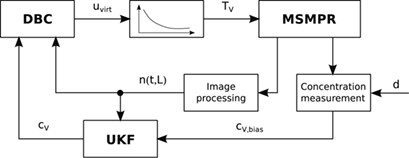
Some aspects like process modeling, monitoring, and control problems in continuous mixed-solution mixed-product removal crystallization are still challenging. An innovative approach for online measurement of the crystal size distribution is proposed. Discrepancy-based control is designed and applied to a nonlinear model taking system nonlinearities into account.
Experimental Investigation of the Reaction Network of Ethene to Propene over Ni/AlMCM-41 Catalysts
- First Published: 11 May 2017
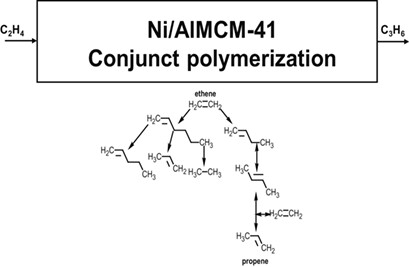
The direct transformation of ethene to propene is better explained by proposing a conjunct polymerization than the classical reaction network proposed by Iwamoto. This process produces a complex mixture of hydrocarbons. The results show that metathesis activities of the Ni/AlMCM-41 catalysts could not be observed in the direct conversion of ethene to propene.
A Contribution to the Solution Thermodynamics of Chiral Lactide
- First Published: 10 April 2017
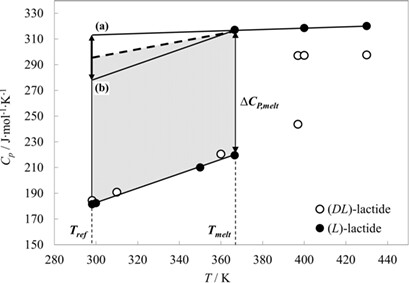
Chiral lactide is a model substance to study the solution thermodynamics of a chiral racemic compound-forming system. The solution enthalpy is considered to consist of three thermodynamic steps: melting of the crystal, transition of the subcooled melt to an infinite dilution, and the subsequent transition to a saturated solution. This model is an alternative way to obtain the solution enthalpy from measured solubilities.
Solubility Study and Thermal Stability Analysis of Calcium Propionate
- First Published: 06 March 2017
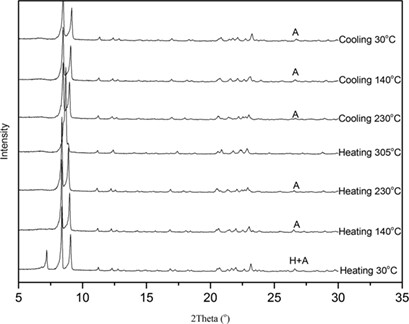
Calcium propionate is frequently used as food additive. Basic studies on its solubility and solid-state forms in water and ethanol-water mixtures as well as thermal behavior were performed. The results obtained provide a better understanding of thermal and solubility behavior of calcium propionate and serve as base to improve its crystallization process in the future.




